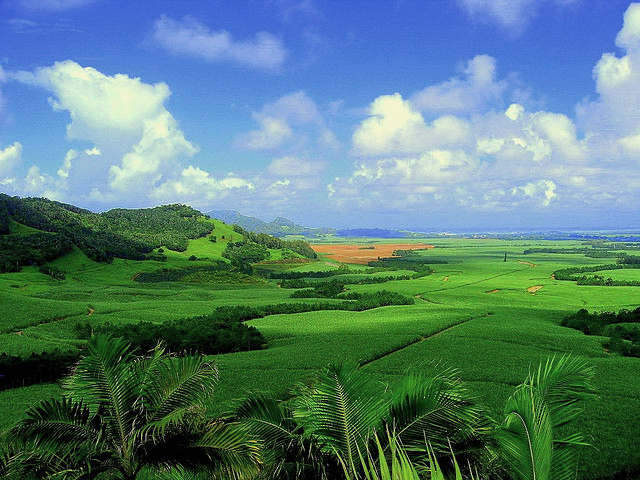The Crusaders commenced their march towards Palestine at the end of the month of May. The inhabitants of Phoenicia had finished their harvest. The Christians found provisions everywhere, and admired on their passage the rich productions of Asia, which they already looked upon as the reward of their labors. On their left rose the mountains of Lebanon, so often celebrated by the prophets; between the mountains and the sea, the fields they traversed were covered with olive trees, which grew to the height of elms and oaks; in the plains and on the hills were oranges, pomegranates, and many other sorts of trees unknown in the West. Among these new productions one plant, the juice of which was sweeter than honey, above all attracted the attention of the pilgrims: this plant was the sugar cane. It was cultivated in several provinces of Syria, and particularly in the territory of Tripoli, where they had found means of extracting from it the substance which the inhabitants called zucra.
According to Albert d’Aix, this plant had afforded great assistance to the Christians when assailed by famine at the sieges of Maarat and Arqa. This plant, now become of such importance in commerce, had been till this time unknown in the West. The pilgrims made it known in Europe, and towards the end of the crusades it was transported into Italy and Sicily, whilst the Saracens introduced it into the kingdom of Grenada, whence the Spaniards afterwards conveyed it to Madeira and the American colonies.
Joseph François Michaud, The History of the Crusades of the Crusades, trans. W. Robson (New York, Redfield, 1853), vol. I, 196-7. [Nobility.org Editor: Names have been updated to reflect their modern spelling.]
Short Stories on Honor, Chivalry, and the World of Nobility—no. 679











